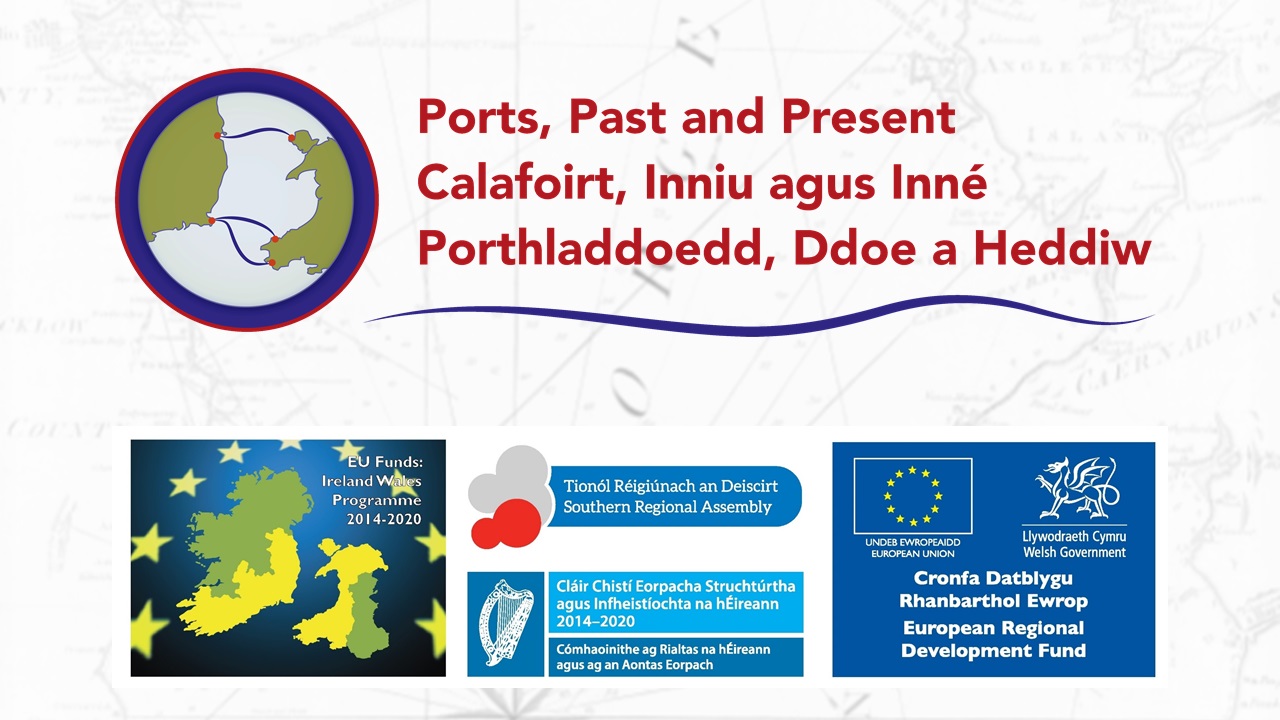Content can be downloaded for non-commercial purposes, such as for personal use or in educational resources.
For commercial purposes please contact the copyright holder directly.
Read more about the The Creative Archive Licence.
Description
Lede
This story is one of a continuing series to showcase some of the special objects we have in the museum’s collection. The Gold Medal we feature was awarded over a hundred years ago to William Owen, Coxswain of the Holyhead Lifeboat. It is a story of absolute bravery in the face of a raging sea to save the crew of 9 on the little steamer, the SS Harold. It is also the story of the RNLI’s first steam driven lifeboat.
Story
The Duke of Northumberland lifeboat was revolutionary in that she used water jets instead of propellers. Water was drawn in through the forward section of hull and forced out at great pressure through the vents in the side of the boat. This made it a lot more maneuverable than other lifeboats. Not having a propeller she was also less likely to become tangled in ships rigging. She was built in 1886 and first went into service at Harwich in September 1890. The lifeboat’s first period at Holyhead was from 1892 to 1893 and she returned to service in the port in 1897.
In late February 1908, the steam vessel Harold was carrying china clay from Teignmouth to Liverpool. In foul weather her engines broke down and becoming unmanageable she anchored between the south and north stacks off Holyhead, but she started drifting and became dangerously close to rocks between the two headlands.
At 2pm on February 22, 1908 The Duke of Northumberland was called upon to give assistance and was launched into very rough seas. In gale force winds which were near hurricane force she took two hours to reach the ill-fated Liverpool steamer. Despite mountainous seas, the able work of the coxswain maneuvered the lifeboat near enough to the Harold to enable six men to be taken off the stricken vessel by line. The last three men were able to jump aboard the rescuer. All the crew were saved but the Harold foundered the next day.
Due to his skill and courage during the rescue, Coxswain William Owen was presented with the RNLI’s Gold Medal and the rest of the crew (including Owen’s son) were presented with Silver Medals. This is one of four Gold Medals awarded to the Holyhead Lifeboat Station. Coxswain Owen had previously been awarded the Institute’s Silver Medal and the Silver Medal of the Liverpool Shipwreck and Humane Society for the rescue of three of the crew of the Tenby Castle in December 1889.
William Owen was presented with his Gold Medal by the Prince of Wales at Marlborough House, London on Monday 4 May 1908.Owen served as Coxswain from 1899 to 1915. He was also a Trinity House Pilot for 45 years. His obituary on his death in 1921 described him with these words, "He was as fearless as a lion, and was ever in the midst of the perils which beset the vast deep".





Do you have information to add to this item? Please leave a comment
Comments (0)
You must be logged in to leave a comment